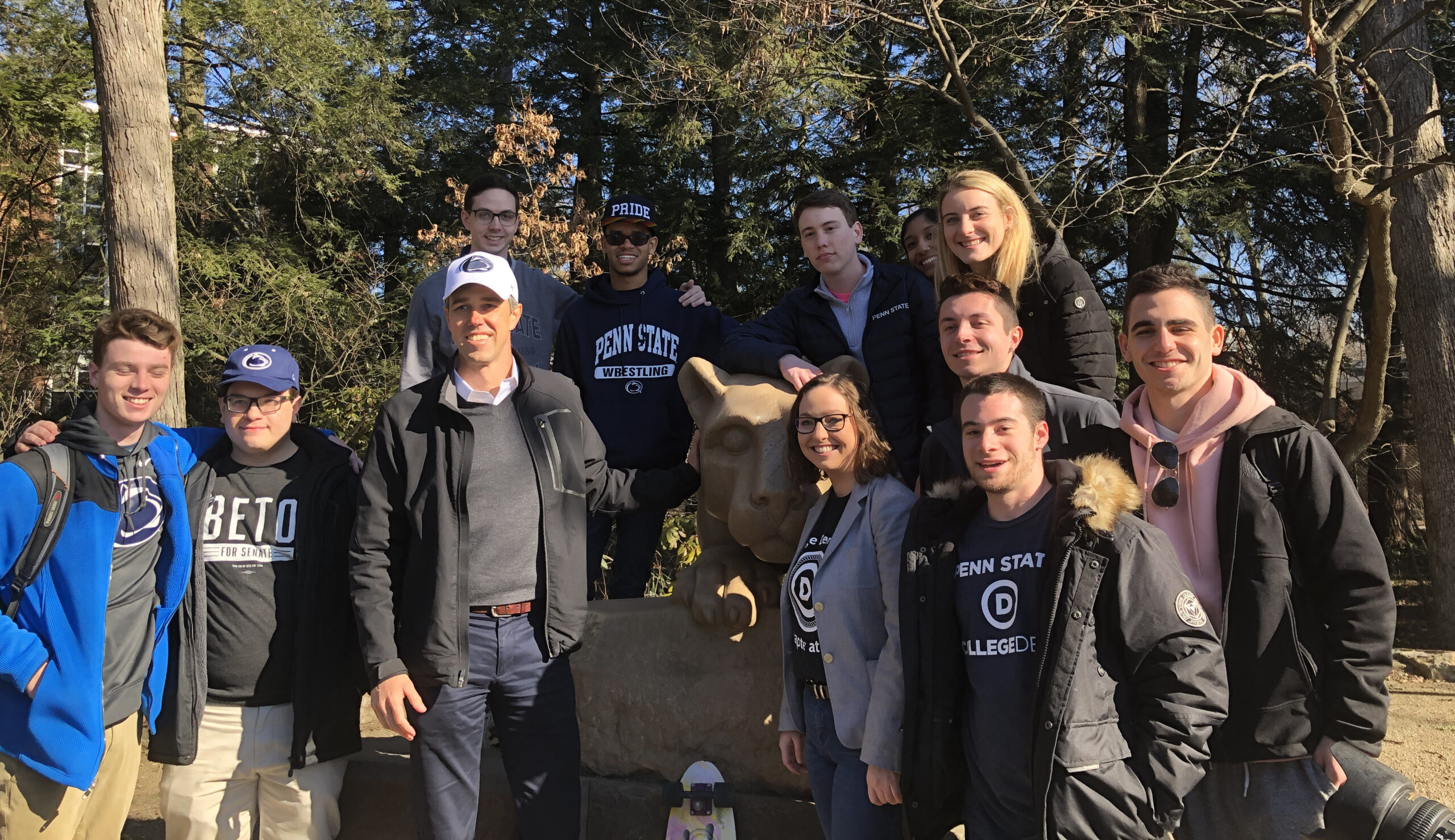STATE COLLEGE, Pa. — Imagine for a moment the reaction if a Republican candidate for any office, let alone president of the United States, took a position opposed by 87 percent of the country.
The press would immediately report how “extreme” that position, and then pundits would spend a week reinforcing that extremist label with a variety of different modifiers.
And the reporting would be followed by attributing that candidate’s position to the power of special interest groups.
Last week here in Happy Valley, former Texas congressman and Democratic presidential hopeful Beto O’Rourke did just that when he clarified his position on abortions up until the third trimester.
“Absolutely,” he said.
“Listen, I think those decisions are best left to a woman and her doctor. I know better than to assume anything about a woman’s decision, an incredibly difficult decision, when it comes to her reproductive rights.”
There were no “only in the case of the life of the mother” caveats in his answer, but there was cheering by the young women surrounding him, mostly Penn State College Democrats, who were there to greet him and walk him across campus to his next event.
Advocating for legal abortions in the third trimester is far outside the mainstream views of both Democrat and Republican voters.
A Gallup survey last year showed that although a majority of Americans support legalized abortion in the first trimester, most people oppose it in the third trimester. Only 13 percent support legal abortion in those final three months of gestation, as the infant develops and is often able to live outside the womb with medical support.
And a Marist poll conducted mid-February showed a substantial, double-digit shift from a similar survey they had conducted in January on voter’s identity on abortion.
The poll of 1,008 adults was conducted Feb. 12 through Feb. 17 and shows Americans are now as likely to identify as pro-life as they are pro-choice, both at 47 percent.
Their January survey had found Americans more likely to identify as pro-choice than as pro-life by 17 percentage points, 55 to 38 percent.
Democrats had moved in their pro-life identity from 20 percent to 34 percent.
“Current proposals that promote late-term abortion have reset the landscape and language on abortion in a pronounced, and very measurable, way,” poll director Barbara Carvalho said in a media release from the Knights of Columbus, who sponsored the survey.
The Marist survey also showed 80 percent of Americans would like abortion limited to, at most, the first three months of pregnancy — including 65 percent of those who identified as pro-choice, as well as strong majorities of Democrats, 64 percent.
Yet O’Rourke did not flinch while giving his extreme answer, which is interesting because politicians have a genetic aversion to doing something the majority of their target audiences hates.

The rest of the crowded field will follow O’Rourke because the party is totally captive to their special interest groups, such as Emily’s List, Planned Parenthood, and NARAL Pro-Choice America, whose endorsements and get-out-the-vote efforts have successfully stomped out pro-life Democrats running for office, even if they have not stomped out pro-life sentiments still held by many Democrat voters.
It is hard to find any D.C. reporters in a mainstream news organization writing about a viewpoint professed by a Democratic presidential candidate as being “extreme” or “radical.” Yet had this been a Republican candidate coming out in support of something the majority of Americans find impossible to support, it would be a headline for days, followed by asking every Republican running or holding office if they support that radical position as well.
This underscores why we need more diversity in our news organizations, not just in race, but also in viewpoints and backgrounds.
In the largest, mainstream, corporate news organizations, it’s rare to find journalists who are pro-life, sit in a pew once a week, went to a state school, or go hunting.
Those cultural and geographic experiences make a difference in the way a story is covered and written. For one thing, a more diverse newsroom would include at least one reporter and one editor who shares the view of most Americans that viable babies deserve protection of the law.

